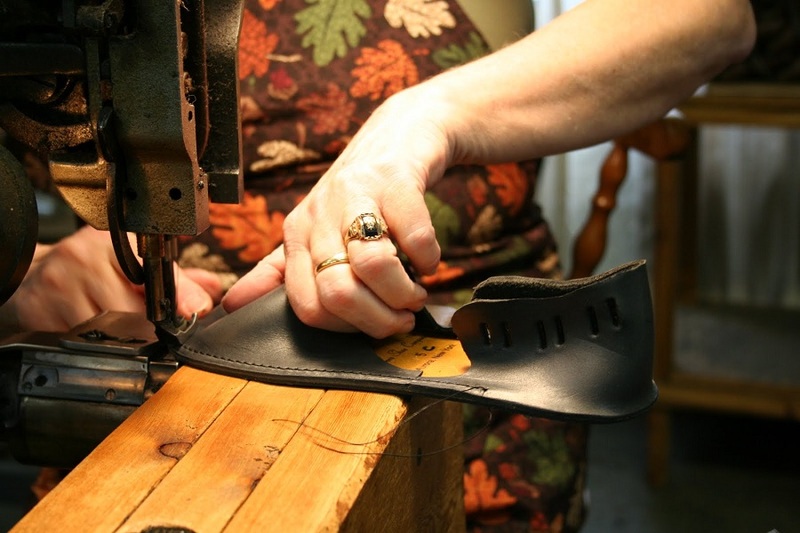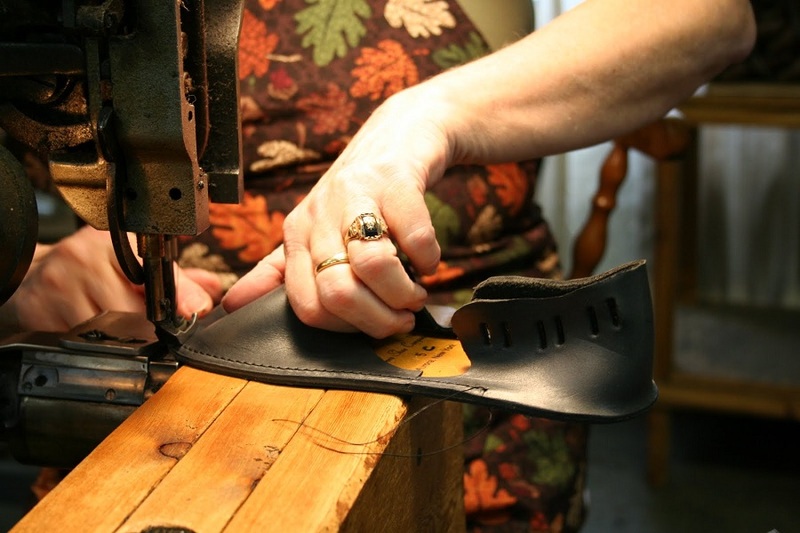FDI footwear businesses overweight domestic footwear enterprises
So far, Vietnamese footwear enterprises have always been inferior to foreign footwear enterprises in Vietnam in terms of capital, staff quality, machinery technology, production techniques, production facilities. Although the Government and the State have strongly supported domestic firms to develop and overcome difficulties, Vietnamese footwear companies are becoming increasingly vulnerable to FDI enterprises. The evidence is that Vietnam's footwear export turnover grew at double digits in the first half of 2017, but the proportion of domestic firms is declining.
According to the General Department of Vietnam Customs, exports of footwear in the first six months of 2017 are estimated at $ 8.7 billion, up 11% over the same period in 2016. Of which, up by more than 12%; the rest were handbags, belts, wallets, umbrellas, which reached $ 1.65 billion, an increase of more than 4%. % compared to last year.
Lefaso, president of Lefaso, said that in general, the production and export situation of leather and footwear enterprises in Vietnam, both domestic and foreign. This year, we are doing well and growing at a satisfactory pace as originally planned. He also predicted that by 2017, the total export turnover of our footwear industry could reach US $ 17.8 billion, an increase of over 10% over 2016.
In particular, the group of foreign invested footwear (including FDI enterprises) in Vietnam is dominating and the percentage of the total export turnover of footwear and handbags in Vietnam to the countries of the world. According to the General Department of Customs, in the first half of this year, FDI accounted for 81% of total footwear export turnover of Vietnam. Previously, this number of foreign enterprises also accounted for 79%, four times the total export turnover of domestic enterprises. And one thing to worry about is that this number does not tend to decrease.
Meanwhile, local footwear companies are not expanding because of difficulties in capital and market access. The share of footwear exports in general continues to decline from 25% in 2013 to 18.7% in the first six months of 2017. The share of footwear exports to men and women Domestic types fell from 24.4% in 2013 to 18.8% in the first six months of this year, and fashion accessories included handbags, briefcases, belts and purses of all kinds. down from 27.9% in 2013 to 18.5%. Thus, with a decrease of 5.8% in 4 years, private footwear enterprises are increasingly vulnerable compared to FDI enterprises.
In addition, the difficulty of piling up difficulties, according to Mr Thuan, the footwear industry not only face the problem of capital, but also facing the problem of production and personnel, is how to increase labor productivity, average income increase for workers while workers do not have to increase overtime, even reduce working hours, help workers have a more balanced and more livable life, from which Keeping the workers skilled and enthusiastic.
It is important for domestic firms to change their mindsets, policies and strategies with new perspectives, which take science and technology as the foundation, integrating science and technology into a value chain. Products on the basis of automatic management to increase labor productivity and quality of export products to meet the increasingly stringent requirements from the export footwear of Vietnam. Mr Thuan added that the productivity of Vietnamese workers is 20% lower than that of China but higher than that of other countries in Southeast Asia such as Myanmar, Indonesia, etc. This proves , local businesses are not without talent, but the problem lies in the vision and strategy. Therefore, in order to improve competitiveness compared to FDI footwear enterprises, it is required that domestic enterprises try to increase the number of times.










